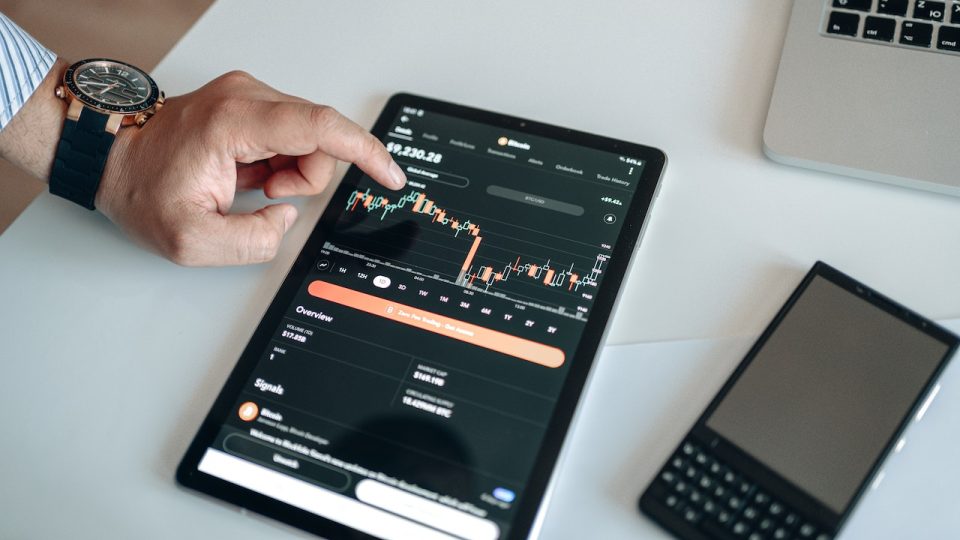Disney (DIS) stock saw a sharp decline, dropping as much as 2.6%, following the company’s decision to pull its owned and operated channels from Charter Spectrum (CHTR) cable systems late Thursday night. Charter’s stock also took a hit, plummeting by as much as 3.4% in response to the news. The move comes as the contract dispute between the media giant and Charter Spectrum reached a seemingly insurmountable impasse.
Charter Spectrum, the second-largest cable provider in the United States with a staggering 14.7 million subscribers, was caught in the crossfire as Disney took its owned channels, including the popular sports network ESPN and ABC, off the airwaves. This blackout disrupted broadcasting of major events such as the US Open and the first significant college football game of the season, both of which were carried by ESPN.
The heart of the dispute revolves around Charter Spectrum’s allegations that Disney has been demanding higher rates and imposing inflexible terms. Charter contends that Disney’s proposal would result in “unsustainable price hikes” for consumers and would force subscribers to pay for channels they may neither desire nor afford.
“[Disney] wants to require customers to pay twice to get content apps with the linear video they have already paid for,” stated Charter Spectrum, characterizing this dispute as atypical and underscoring its significance not just for Charter but for programmers and the broader video ecosystem.
Charter Spectrum presented an alternative model on Friday, one that they claimed would benefit both consumers and the industry. However, Disney rejected this proposal, which ultimately led to the media giant pulling its video channels from Charter Spectrum on Thursday.
The fallout from this blackout extended to sports enthusiasts who were left disappointed and frustrated, unable to access the US Open matches. ESPN is renowned for having the highest carriage fees, the fees that pay-TV providers pay network owners to carry their channels. SNL Kagan estimated that ESPN charges pay-TV operators approximately $8 to $9 per subscriber.
Disney, in response to the escalating conflict, issued a statement to the Associated Press, defending its stance: “Disney Entertainment has successful deals in place with pay TV providers of all types and sizes across the country, and the rates and terms we are seeking in this renewal are driven by the marketplace. We’re committed to reaching a mutually agreed-upon resolution with Charter and urge them to work with us to minimize the disruption to their customers.”
The channel blackout didn’t solely impact ESPN. Other Disney Entertainment channels affected include the Disney Channel, Freeform, National Geographic, and local news stations affiliated with the ABC network.
The dispute between Disney and Charter Spectrum underscores a broader issue plaguing the television industry. Carriage fee disputes have intensified in recent years, exacerbated by the declining viewership of linear television as more subscribers abandon traditional cable in favor of streaming services.
According to Nielsen’s latest data, released last month, linear TV viewership dipped below 50% in July for the first time in history. Broadcast and cable television experienced record lows, accounting for 20% and 29.6% of total TV usage, respectively, resulting in a combined linear television total of 49.6%.
Macquarie analyst Tim Nollen commented on this trend, stating, “Linear TV [is] past the point of no return,” and suggested that the revenue outlook for cable and satellite operators is “probably permanently negative” as pricing struggles to generate upside, while growth in TV advertising remains stagnant.
As this contractual standoff between Disney and Charter Spectrum continues to unfold, consumers and industry stakeholders alike are left to wonder when and how a resolution will be reached, and what the future holds for the ever-evolving landscape of television and streaming services.
Source: Yahoo Finance

